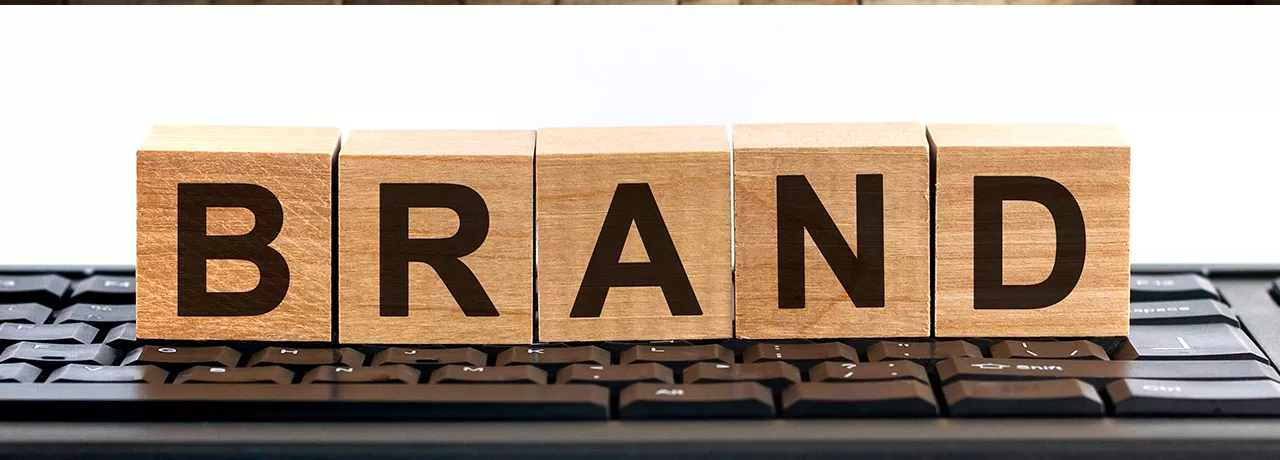Engaging Employees with Total Recognition Branding

By Gene Park
Business cannot live by metrics alone. Balance sheets, production capacities and earnings reports are certainly attractive to Wall Street analysts, but customers and employees seek a deeper attachment to the companies they buy from and work for. What nurtures that attachment? Consumers and employees bond, in part, with a brand— the intersection between what customers and employees know about a company (the intellectual component) and what they feel about that company (the emotional component). Why do millions of consumers exhibit a religious-like devotion to Apple products? Why does the J.M. Smucker Company so often rank near the top of the Great Place to Work Institutes’ list of the “100 Best Companies to Work for in America?”
Certainly, tangible factors—great products, great benefits—play a role, but there’s no denying these companies have used their brand to establish an emotional loyalty that goes far beyond metrics alone. Companies with this emotional component have been able to capitalize on it, develop a powerful brand essence and differentiate themselves from Brand X.
The benefits of external branding are well established and have been the focus of countless discussions, but the benefits of internal branding—especially as it relates to total recognition programs—is often overlooked. Businesses regularly make substantial investments in recognition programs that rarely make an impression beyond short-term payoffs. Yet it doesn’t have to be that way. When it comes to critical issues—attracting and retaining talent, engaging employees, and executing business strategies—establishing a powerful brand behind your total rewards programs will be a formidable and lucrative tool for your company.
Four-letter words aren’t often recommended when it comes to employee management, but there’s one that can help your business attract, retain, engage and transform your employees into the heroes who make your business prosper.
The word is F-E-E-L.
Employees are engaged one at a time—spurred by feelings and the emotional connection they have to your organization. Engaging employees isn’t simply a strategy or tactic. It is the ultimate objective and purpose of your internal marketing and total recognition brand equity. While individuals make decisions intellectually, they make commitments emotionally. For that reason, the brand behind your total recognition programs needs to connect with your employees on both an intellectual and emotional level. Your programs must promise a commitment to its users—a guarantee that is both genuine and long lasting.
What does that mean?
First, it means your total recognition programs must avoid the “flavor of the month” syndrome—a random collection of individual programs that seem to come and go according to someone’s whim. To get the biggest bang for your buck, it’s essential to make a long-term commitment to your recognition and rewards infrastructure. Your goal, after all, is to create an asset for your company, one that outlasts short-term business cycles and individual managers.
Next, your total recognition brand should be well integrated so it reflects your company’s core culture. For example, if your business strives for unparalleled customer service, then simply rewarding your sales team is counterproductive —and possibly detrimental to your culture. Your recognition efforts should always be aligned with your larger business goals and objectives. If customer service is your goal, then behaviors consistent with providing exemplary customer service need to be rewarded throughout the organization. Likewise, recognizing short-term success when your business benefits most from long-term performance sends the wrong signal to the organization.
This correct signal—the one you want to send to your employees—should reflect the message your brand sends. It’s the message that helps engage your employees, enhance their investment in your strategic goals, and creates a positive emotional connection with their jobs and your company.
Building Your Recognition Brand
How do you start crafting a total recognition brand that stands the test of time and makes the most of your investment? Here are seven ideas.
- Identify your company’s core culture.
Begin by defining exactly what is the heart of your company’s core culture. What is the personality of your organization? Is it focused on customer service? Innovation? Quality?
Sometimes it is difficult to use descriptors to articulate what your organization’s culture is really all about, but it is a crucial step in identifying the critical behaviors that drive your organization. Defining your culture and what is required for success in your business lays the important foundation to your total recognition brand. - Identify the brand essence.
To identify your brand essence, start by pinpointing the bottom-line goal of your recognition brand.
What is it supposed to do?
Your brand should not only reflect and reinforce your business strategy it should align with the perceptions and needs of your employees. It should also be forward-thinking and embody not just the company as it exists today, but the company as you envision it in the future.
Once you’ve laid the foundation for your recognition brand, create a look, tone and feel that’s easy to remember—one that distinguishes your program as something special. All communications related to your total rewards—website, e-mails and employee mailings—should reinforce the brand essence. - Establish consistency.
Again, it’s important to ensure that your recognition brand stands the test of time, outlasting short-term programs. So lay a foundation you can build upon without altering the essence of your recognition brand.
To achieve consistent, repeatable performance from your employees, it’s essential that they understand what is expected from them and what they stand to gain by meeting expectations on a consistent basis. A strong, recognition brand can instill employees with the confidence and pride that come from knowing their efforts are not only bolstering your strategy, but also creating long-term value for the company. - Create a strong link to your company.
For many employees, your recognition and reward programs are the embodiment of your company and its culture. So create a brand that is yours alone—one that creates a bond between your people and your company. - Allow for flexibility within your program.
As important as it is to be consistent when deploying your recognition brand, it’s also important to remain flexible. Your brand should be able to accommodate new programs and benchmarks without altering the fundamental fabric of your brand promise. - Launch your brand with fanfare.
When your recognition brand is first introduced, you have a very brief amount of time to influence its positioning among employees, so introduce your brand in a creative way that makes a big impact. Produce materials, giveaways and promotions that generate excitement, as well as awareness. Make sure that your brand essence is always at the forefront of your efforts. - Promote your recognition brand.
Help your brand grow with regular communications, effective training and tangible benefits. By doing so, your recognition brand will gradually become embedded in the hearts and minds of your employees. By establishing your brand as a highly regarded asset within your organization, you will be able to leverage its value to achieve key business objectives.
Brand X-Cellent
According to a study by Watson Wyatt, fewer than 30 percent of corporate respondents have made significant progress toward developing an employment brand. Only 16 percent of respondents said they had explicitly documented their brand.
One thing is certain: An unfocused, fragmented or unbranded recognition program will not deliver a return on investment. Only a powerful brand can align employee performance with key business strategies, help you attract and retain stellar talent and make your company more productive and successful over time.
As many companies with rewards programs are learning, there is a big difference between Brand X and Brand X-cellent. By understanding and developing your recognition brand, you can have a say in how your brand is perceived by your workforce. Starting with a recognition brand that is aligned with your organization’s goals and objectives establishes the foundation for an engaged workforce and prospering your business.





